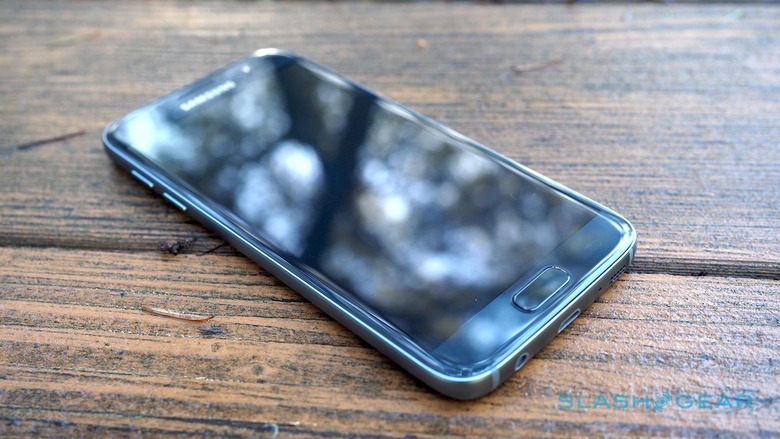Could An Android Copy Apple's iPhone SE Strategy?
The iPhone SE (2nd generation) (2020) is essentially an iPhone 8 with a few key features updated – so why the excitement? The value of this "new" device is not in the industrial design innovation, it's in the promise that a new device from Apple provides. If Samsung released a device with a body like the Samsung Galaxy S7, with a new processor and a guarantee of software updates and support for a half-decade starting in 2020 for $399, wouldn't you buy it?
One factor is Qualcomm
We've reached a point at which smartphones do everything they need to do and a whole lot more. With few exceptions, most smartphones released now have the ability to provide fast-enough internet access, all the major apps, phone calls and text messages, and a decent camera. So while we buy phones with more features, we could get by with a phone that costs just a few hundred dollars.
NOTE: Above you'll see the first Google Pixel XL resting on top of several other classic designs. This device was released in October of 2016. Take a peek at a Google Pixel XL Review in brief, 5 months after launch.
Thrifty consumers – or whatever other similar descriptor you'd like to use – will buy the iPhone SE (2nd gen) because they want a new smartphone that'll last them as long as possible. Apple is in a position where they can release a new iPhone with an old design, (or "popular design", as they say,) with a new processor and a promise for software support for a half-decade into the future.
SEE IT: New iPhone SE (2nd generation) revealed: What you get for $399
No other company is in a position to do this right this minute. When a company wants to make a smartphone with a "new" processor chipset (aka "chip"), they have a few choices they can make. Most smartphone companies work with Qualcomm for Snapdragon processor chipsets. Qualcomm sets their own prices for own newest processor chipset designs.
Apple designs their own chips, and is able to order in quantities large enough that they're able to keep the price of "new" hardware relatively low. Low enough, in this case, to put a brand new chip in a device that's hundreds of dollars less expensive their top-tier devices (that launched with the same chip).
Another factor is software updates
Apple's also created their own operating system with iOS, while most other smartphone companies use Google's Android.* Apple's built software support into their business – they've included software updates and support into their core – they guarantee it to users. Not all, but a significant amount of Apple users expect that bit of value with their purchase – it's part of the reason they choose Apple over other brands.

*This week news broke that Google and Samsung are teaming up to design their own chips. If Google positions itself like Apple and designs their own processor chipsets, they could have another one of the key components needed to create an iPhone SE-like device.
Is there but one Highlander?
Plenty of companies have been able to effectively clone new hardware designs in the past decade, but none have been able to successfully copy Apple's ability to create a low-cost "classic design" smartphone with a promise of software support for a half-decade after launch. Would that they could, they might well have a major winner on their hands.
